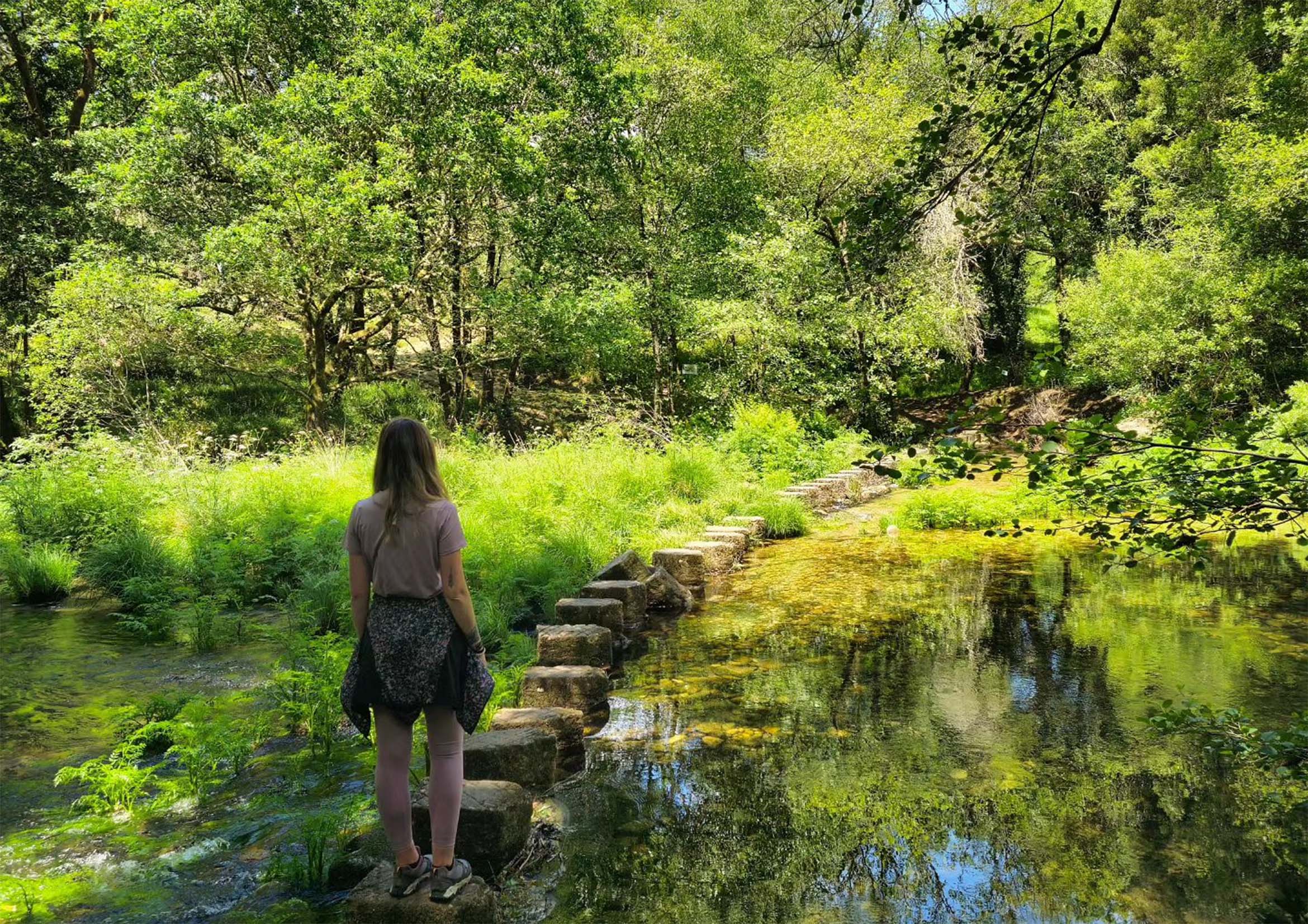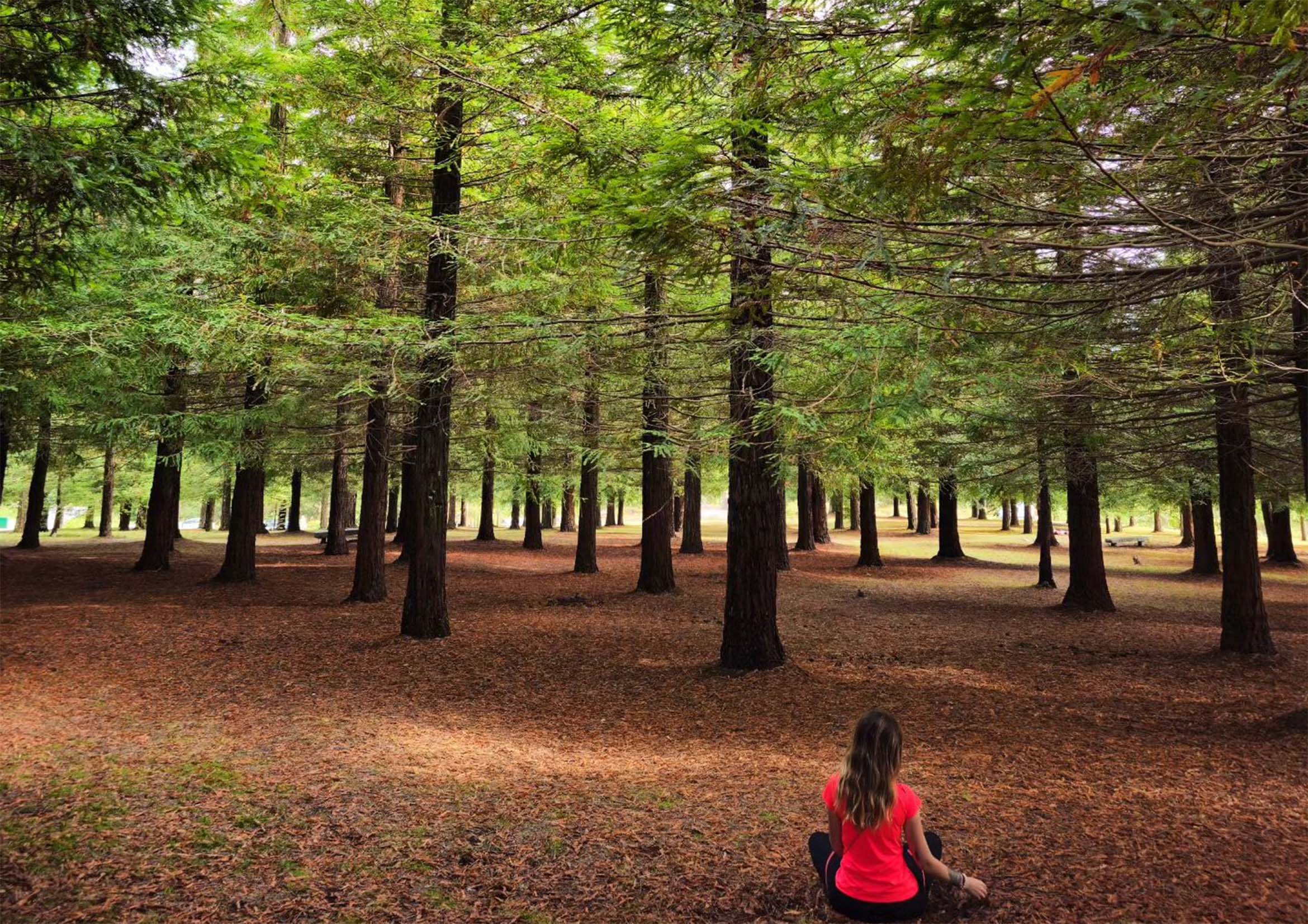Venturing into the heart of Pontecaldelas, Pontevedra, I uncovered a hidden gem that whispered tales of centuries gone by—Os pasos da Fraga. This journey became more than a hike; it transformed into a profound exploration of history and nature’s enduring beauty.
Embarking on the Adventure:
Ancient Steps and Poldras: Unveiling the Tales of Yesteryears
The expedition embarked on a journey through time, delving into the remnants of a world long past—the ancient steps and poldras that once served as indispensable conduits for both people and livestock to traverse the meandering river. As I placed each foot upon the weathered stones, a tangible connection to history unfurled beneath me, echoing tales of a bygone era.
The ancient steps, now worn by the relentless passage of time, bore witness to the eons of human activity that once pulsated through these pathways. In my mind’s eye, I envisioned the lively bustle of communities, the laughter of children, and the determined strides of those navigating their way through life. These stones, smoothed by countless footsteps, seemed to retain an ethereal memory—a mosaic of shared experiences etched into the very fabric of the terrain.
With each step, the past came alive. The ancient infrastructure spoke eloquently of a time when these pathways were not mere stones but the lifeblood of communities. They were arteries that facilitated the flow of trade, movement, and the essence of daily life itself. I could almost hear the distant echoes of market transactions, the clatter of hooves, and the animated conversations that once reverberated against the stone walls surrounding these ancient steps.
Observing the remnants of this historical infrastructure was akin to leafing through the pages of a living, breathing chronicle. It painted a vivid tableau of a society intricately connected by these pathways—links that transcended mere physical transportation. These steps were the storytellers of a rich narrative, narrating the symbiotic relationship between the river and the communities that flourished along its banks.
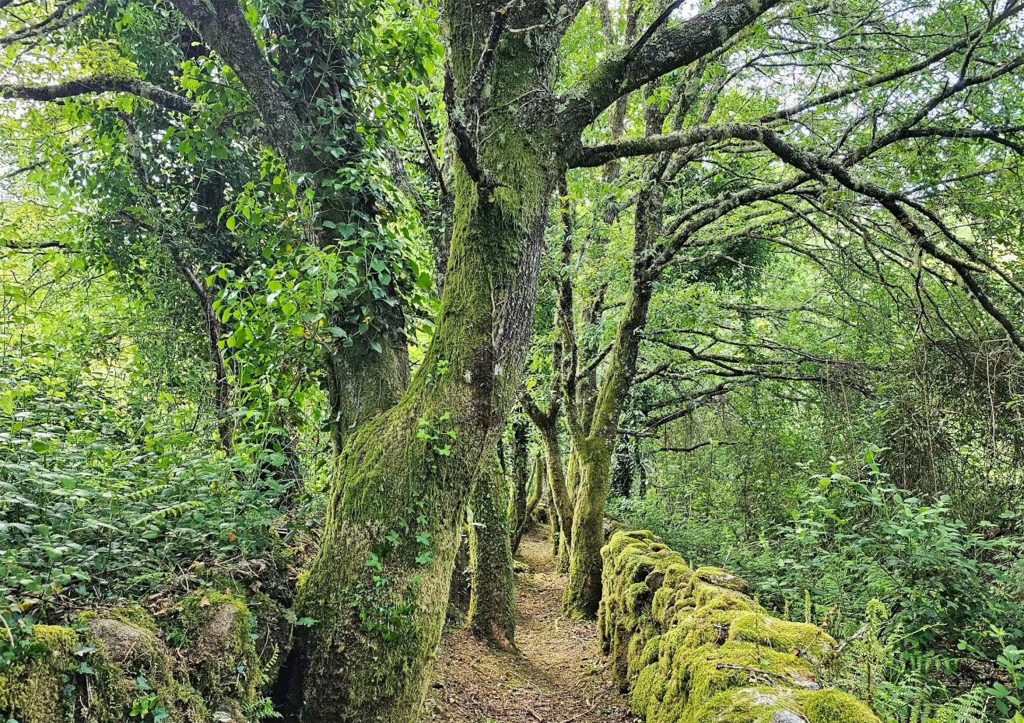
As I stood amidst the weathered stones, I couldn’t escape the realization that every crack, every groove, held a story untold. The expedition wasn’t just a physical journey; it was a plunge into the depths of collective memory, where each step served as a portal to a world shaped by the resilience of those who walked these paths before us. The ancient steps and poldras weren’t just artifacts; they were gateways to a profound understanding of the interwoven tapestry of human history and the landscapes it has shaped over time.
Significant Crossroads: Navigating the Junctions of Time
- The encounter with a significant crossroads added a layer of historical richness. Stones and paths conveyed the tale of this pivotal place, providing an authentic experience of cultural and natural wealth.
- As I stood at the crossroads, I pondered the decisions made by those who walked these paths before me. The convergence of trails symbolized not only physical intersections but also the meeting of diverse stories and journeys.
- A sense of timelessness enveloped me as I gazed upon the stones that had witnessed the passage of countless souls. The crossroads became a metaphor for the interconnectedness of history and the shared experiences of humanity.
Nature Along the Verdugo River: A Symphony of Serenity
- Immersing myself in the natural serenity, the banks of the Verdugo River offered an ideal setting to connect with the outdoors. Os pasos da Fraga became a haven where the river’s symphony served as a soothing background.
- The rhythmic flow of the river provided a soundtrack to my journey, creating a harmonious blend of nature’s sounds. It was a symphony of serenity that accompanied me, enhancing the overall experience of the ancient steps.
- Observing the flora and fauna along the riverbanks added a layer of ecological appreciation to the adventure. From vibrant wildflowers to the gentle rustle of leaves, nature painted a canvas of beauty that complemented the historical tapestry.
Ancient Crossings at Arroyo das Costiñas: Tracing Centuries of Wear and Tear
In the heart of history, I found myself standing on the ancient crossings at Arroyo das Costiñas, where the stones beneath my feet whispered tales etched in the language of wear and tear. These structures, stoic witnesses to the relentless march of time and the footfalls of countless generations, unfolded a narrative of endurance and unwavering resilience.
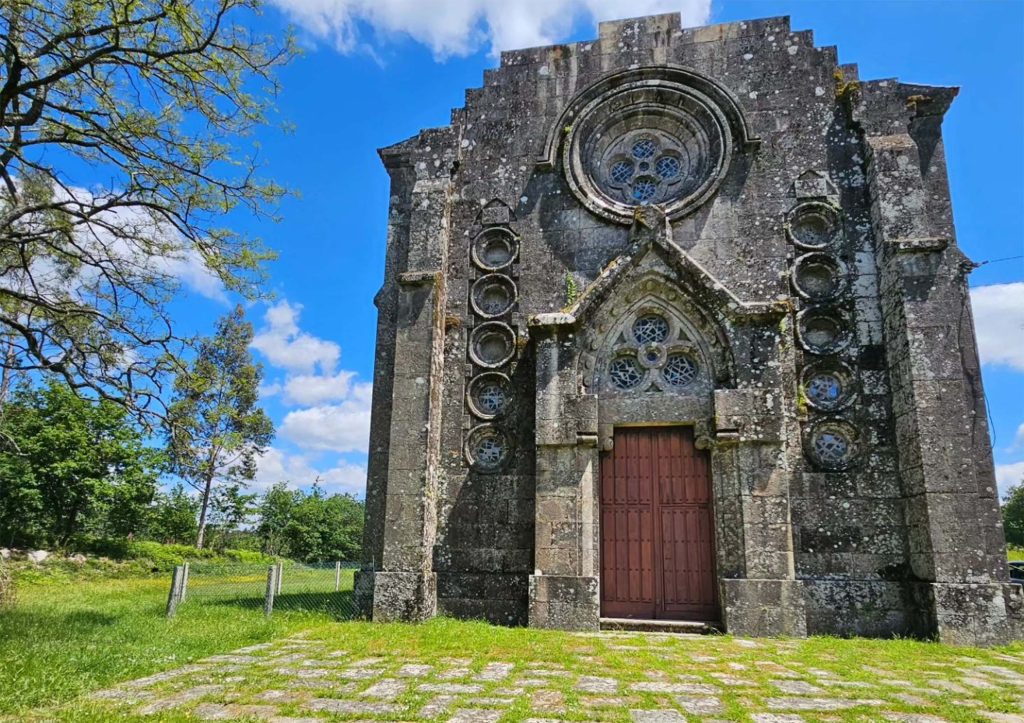
The stones, bearing the weight of centuries, unveiled a compelling story as I traced the intricacies of their weathered surfaces. Each mark, each indentation, seemed to be a chapter in the grand tome of history—a book written not in ink but in the grooves and crevices of these enduring structures. It was as if I were deciphering the wrinkles on the face of time, each line narrating a saga of survival against the backdrop of changing epochs.
The wear and tear on the ancient crossings were not signs of decay but rather badges of honor, proudly worn by these stones. The imprints of countless footsteps, the erosion from the elements—all told a story of communities relying on these pathways for centuries. In this worn facade, I saw the echoes of those who had once crossed these very stones, their journeys leaving an indelible mark on the landscape.
The weathered appearance of the ancient crossings became a visual metaphor for the indomitable spirit of the communities that depended on them. Despite the trials imposed by time, these stones stood tall, a testament to the tenacity of human endeavor. The pathways, though worn, retained an innate strength, preserving the legacy of those who had traversed them in centuries past. It was a poignant reminder that history is not static; it is a living, breathing entity that adapts and endures through the ages.
As I touched the weathered stones, I couldn’t help but feel a profound connection to the resilience of those who had walked this path before me. The ancient crossings were not just physical structures; they were bridges between eras, connecting us to the struggles and triumphs of our ancestors. In their worn surfaces, I found not only history but a reflection of the human spirit’s ability to withstand the tests of time and emerge stronger on the other side.
Peto de Ánimas and Past Significance: Bridging the Divine and Earthly Realms
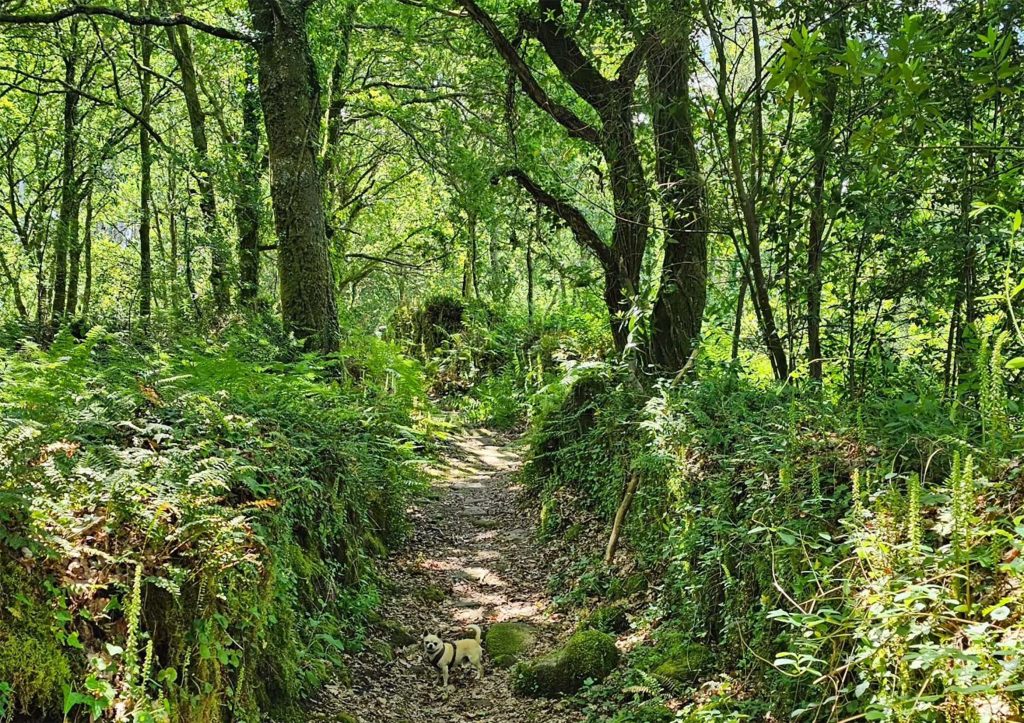
- A highlight was the peto de ánimas (“Almiñas do río”) adorned with the image of San Antonio. This feature underscored the cultural and spiritual significance of the site in bygone eras, providing a connection between the divine and the earthly.
- The peto de ánimas served as a tangible link to the religious practices of the past. Its presence highlighted the intersection of faith and daily life, emphasizing the role of spirituality in shaping the cultural identity of the region.
- Observing the peto de ánimas sparked reflections on the communal rituals and beliefs that once permeated these landscapes. It was a moment of introspection, contemplating the shared heritage that transcended time.
Ancient Trails and Lively Paths: Nature’s Tapestry Unfolds
- Exploring the surroundings led me along ancient trails and lively paths. Each step immersed me in the splendor of nature, offering an authentic and immersive experience.
- The ancient trails, adorned with the vibrant hues of the surrounding flora, created a tapestry of colors that celebrated the changing seasons. It was a testament to the cyclical nature of life, where each journey through the steps echoed the perpetual rhythms of nature.
- Encounters with wildlife, from chirping birds to rustling squirrels, added an element of spontaneity to the adventure. Nature’s inhabitants became silent witnesses to the continuation of life along the pathways.
- Encounters with wildlife, from chirping birds to rustling squirrels, added an element of spontaneity to the adventure. Nature’s inhabitants became silent witnesses to the continuation of life along the pathways.
Navigating the Journey: In the Footprints of Explorers
- Our adventure started from the church of Caritel, following the route PR-G 109 Sendeiro das almiñas e do Foxo do Lobo. It’s worth noting that some sections may require attention due to maintenance issues.
- Alternatively, access is possible from the PO-531 from Pontecaldelas to A Lama, taking a well-marked 1 km detour labeled Pasos da Fraga.
- Navigating the journey required a balance of historical curiosity and environmental mindfulness. The steps, once trodden by ancestors, now invited a new generation of explorers to follow in their footprints.
- I found value in blending the ancient wisdom of the paths with contemporary sensibilities. Respecting the historical significance of the steps meant treading lightly and preserving the integrity of the environment.
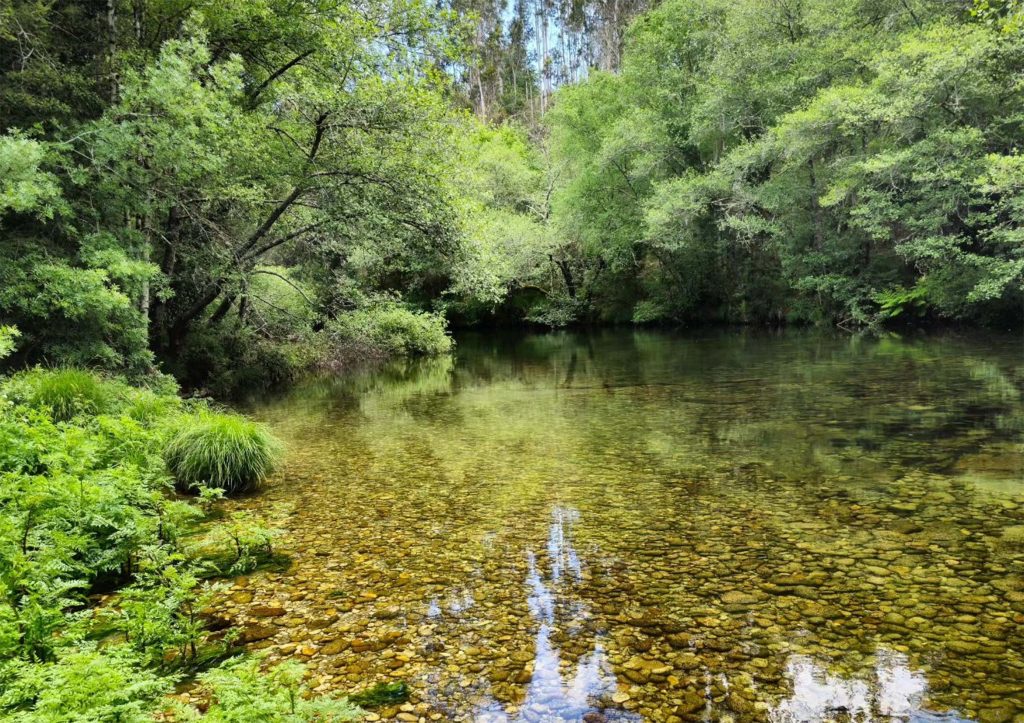
Reflections on the Adventure: Bridging Past and Present
- Exploring these steps with history was not just a walk through nature; it was a journey through time, where every stone narrated a story, and each corner unveiled the cultural and natural richness of Pontecaldelas.
- This escapade emphasized the intrinsic connection between the past and the present, weaving together the threads of history and the beauty of the outdoors. It served as a reminder that the footsteps of those who came before were etched into the very fabric of the landscape.
- I left Os pasos da Fraga with a heart full of gratitude for the opportunity to tread in the footprints of those who came before, connecting with history and nature in an extraordinary way.
- The adventure became a bridge between past and present, allowing me to appreciate the layers of time that coexisted in the same space. It was a journey that transcended the physical act of walking, inviting introspection and a profound sense of belonging to a larger narrative.
- In the footprints of ancient paths, I discovered not only the tangible remnants of history but also the intangible echoes of human experiences. The stones, worn by generations, seemed to whisper tales of resilience, community, and the enduring spirit of exploration.
- Leaving Os pasos da Fraga, I carried with me not only the memories of a captivating adventure but also a deepened appreciation for the interplay between nature and history. The steps, once a means of connection for communities, had become a conduit for me to connect with the essence of Pontecaldelas.
- This journey became a chapter in the ongoing story of the steps—a story that continues to unfold with each new explorer who follows the path. The footprints of the past were not left behind but were seamlessly woven into the present, creating a tapestry that celebrated the timeless allure of Os pasos da Fraga.
